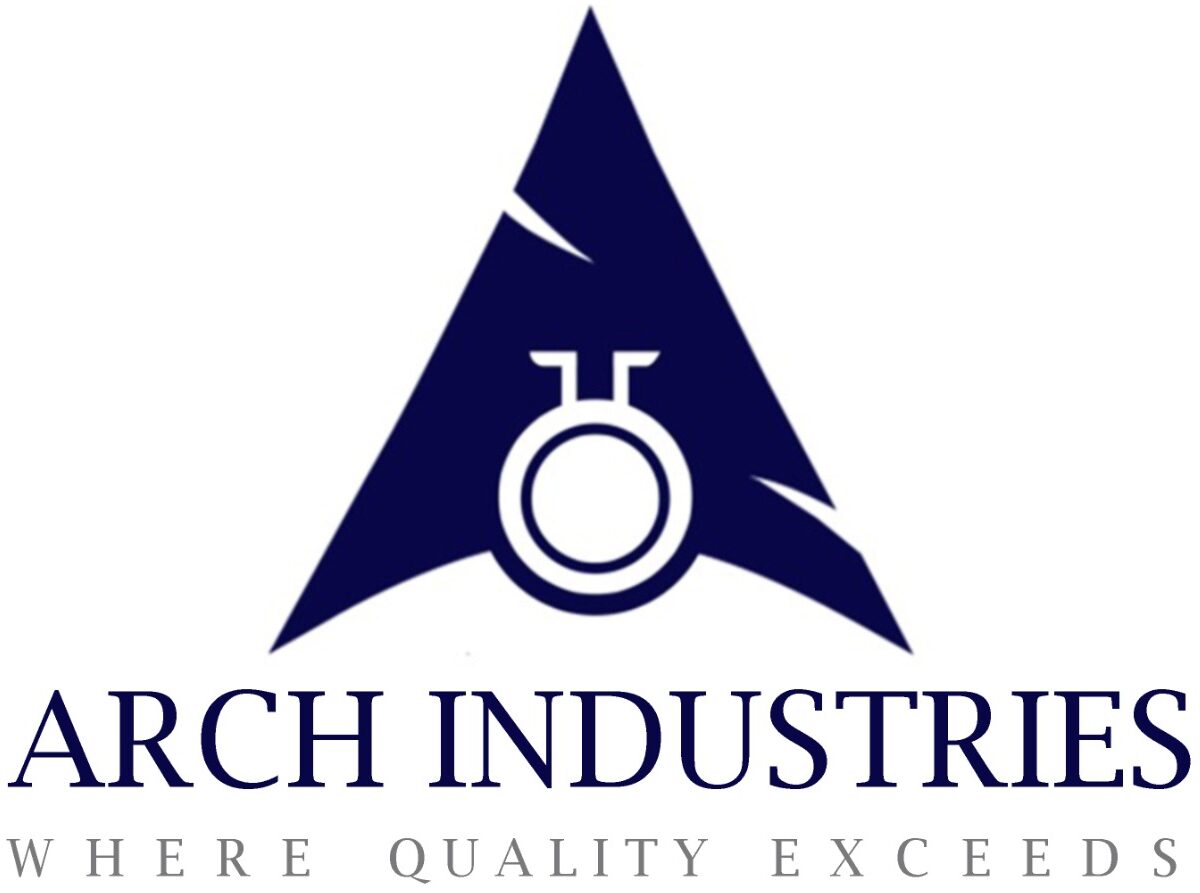Table of Contents
- Where Does Sodium Carbonate Come From?
- What Is Sodium Carbonate?
- Problem:
- Agitation:
- Solution:
- The Natural Sources of Sodium Carbonate
- Industrial Mining of Trona
- Industrial Production of Sodium Carbonate
- The Solvay Process Steps:
- Where is Sodium Carbonate Used?
- Environmental Impact
- Curious About the Origins of Sodium Carbonate?
- From Mines to Manufacturing: The Fascinating Journey of Sodium Carbonate
- Why Sodium Carbonate Is Essential for Multiple Industries and Everyday Life
- Looking for High-Quality Sodium Carbonate? Find a Trusted Supplier Today
- Conclusion
Where Does Sodium Carbonate Come From?
Sodium carbonate, commonly known as soda ash, is a crucial industrial compound with widespread applications. Whether it’s used in manufacturing glass, soaps, or detergents, sodium carbonate plays a key role in many processes. But where does sodium carbonate come from? This blog will walk you through its natural sources, industrial production methods, and its significant presence in everyday life.
What Is Sodium Carbonate?
Sodium carbonate (Na₂CO₃) is a white, water-soluble salt that has multiple uses in both households and industries. It’s widely used in glass manufacturing, water treatment, paper production, and as a cleaning agent. Its chemical structure makes it a highly alkaline compound, which is why it’s effective in various cleaning and industrial processes.
Let’s take a closer look at the origins and production of sodium carbonate.
Problem:
Finding out where everyday industrial compounds come from can often be a mystery. If you’ve ever wondered how an essential compound like sodium carbonate is sourced and produced, you’re not alone. Many people are unaware of the natural and industrial processes behind this important chemical.
Agitation:
Not knowing the origin of sodium carbonate can make it difficult to understand the scale and importance of the industries behind it. From environmental impacts to how it’s sourced for global industries, these are aspects worth considering.
Solution:
In this post, we’ll explore how sodium carbonate comes from natural deposits, as well as how it’s produced through efficient industrial methods. By the end, you’ll have a clearer picture of how this crucial compound is brought into our daily lives.
The Natural Sources of Sodium Carbonate
Sodium carbonate occurs naturally in several mineral forms, including:
- Trona: A hydrated sodium bicarbonate carbonate mineral. Trona is the primary source of natural sodium carbonate in many parts of the world.
- Natron: An older source of sodium carbonate used in ancient times for cleaning and mummification.
- Soda Lakes: These are lakes that have high concentrations of sodium carbonate due to natural mineral deposits in surrounding soil.
Many of these minerals are found in regions like Wyoming in the U.S., where the world’s largest trona deposit exists. In Africa, countries like Kenya have soda lakes, where sodium carbonate forms due to volcanic activity and mineral-rich waters.
Industrial Mining of Trona
In areas where trona is abundant, sodium carbonate is extracted through mining. Trona is mined from deep underground and is then processed to produce soda ash (sodium carbonate). The process typically involves:
- Crushing the trona ore into smaller pieces.
- Heating the ore to remove water and carbon dioxide.
- Processing the resulting material to obtain sodium carbonate.
The trona-based method is efficient and provides the majority of the world’s sodium carbonate supply.
Industrial Production of Sodium Carbonate
While sodium carbonate can be mined from natural deposits, a large portion is produced synthetically via the Solvay Process, an industrial method that has been used for over a century. Here’s how it works:
The Solvay Process Steps:
- Raw Materials: The process starts with two common materials: limestone (calcium carbonate) and salt (sodium chloride).
- Ammonia Introduction: Ammonia is added to the mixture to initiate a reaction.
- Carbon Dioxide Reaction: When carbon dioxide is bubbled through the solution, it creates a precipitate of sodium bicarbonate.
- Heating: This sodium bicarbonate is then heated to convert it to sodium carbonate.
This process is widely used around the world and accounts for the bulk of global sodium carbonate production. It’s efficient, cost-effective, and produces less environmental waste compared to older methods.
Where is Sodium Carbonate Used?
Sodium carbonate has countless applications in various industries. Here’s a table outlining its key uses:
| Industry | Application |
|---|---|
| Glass Manufacturing | Acts as a flux to lower the melting temperature of silica |
| Water Treatment | Softens water by removing calcium and magnesium ions |
| Detergents & Cleaners | Boosts cleaning efficiency in laundry and dish soaps |
| Food | Used as a food additive for regulating acidity |
| Paper Manufacturing | Helps with the pulping and bleaching process |
Its versatility is what makes sodium carbonate such an essential compound. Whether you’re cleaning dishes at home or part of a large manufacturing process, you’re likely benefiting from the properties of sodium carbonate.
Environmental Impact
Like many industrial processes, sodium carbonate production does have environmental implications. Mining for natural trona can lead to habitat disruption and requires energy-intensive processes. The Solvay process also uses significant amounts of raw materials and can produce waste products.
However, modern methods are continually improving to reduce environmental impact. For example, some Solvay plants use carbon capture and recycling technologies to minimize their carbon footprint.
Curious About the Origins of Sodium Carbonate? Here’s What You Need to Know:
Are you curious about how everyday compounds like sodium carbonate are sourced and produced? Sodium carbonate, or soda ash, is more than just a common ingredient in glass manufacturing or cleaning products. Its origins are fascinating and provide insight into both natural geology and industrial advancements.
From Mines to Manufacturing: The Fascinating Journey of Sodium Carbonate:
Sodium carbonate’s journey begins either deep underground in trona mines or in soda lakes, where it’s naturally deposited. These natural sources provide a rich supply of this important chemical, but did you know that most sodium carbonate is made in factories using the Solvay process? This efficient method has shaped the modern industry for over a century.
Why Sodium Carbonate Is Essential for Multiple Industries and Everyday Life:
Imagine a world without sodium carbonate – the detergent industry would struggle, glass manufacturing would be less efficient, and water treatment processes would be more costly. The availability of sodium carbonate has transformed these industries, helping to meet global demand while maintaining quality standards.
Looking for High-Quality Sodium Carbonate? Find a Trusted Supplier Today:
Whether you’re a business looking to source high-quality sodium carbonate or someone interested in the science behind everyday products, the origins of this essential compound are both fascinating and crucial. Reach out to reliable suppliers who prioritize quality and sustainability in sourcing sodium carbonate.
Conclusion
Sodium carbonate comes from both natural deposits like trona and from synthetic processes like the Solvay method. Its presence in industries such as glass manufacturing, water treatment, and detergents makes it indispensable. From mining to industrial synthesis, sodium carbonate has a remarkable story that continues to evolve with modern technology.
If you’re looking to source sodium carbonate for your needs, choosing a reliable supplier with a commitment to sustainability and quality is crucial. Keep these factors in mind the next time you encounter this versatile compound!

